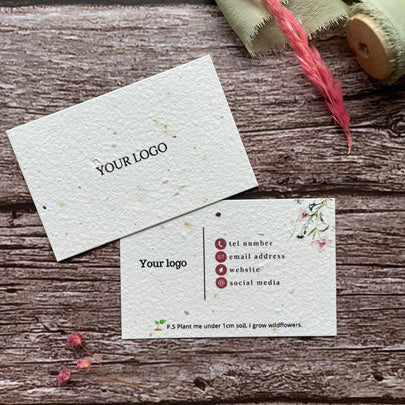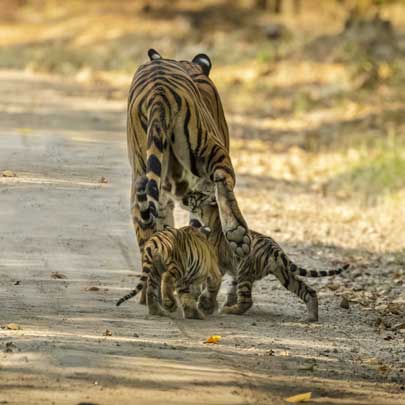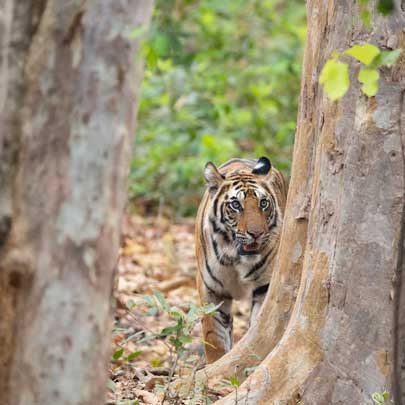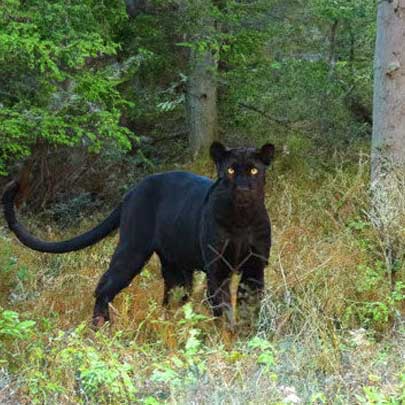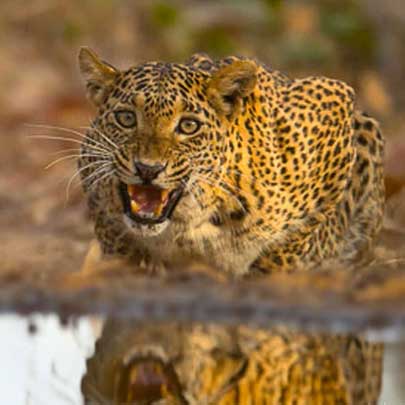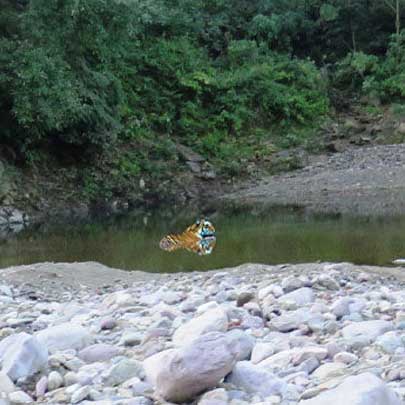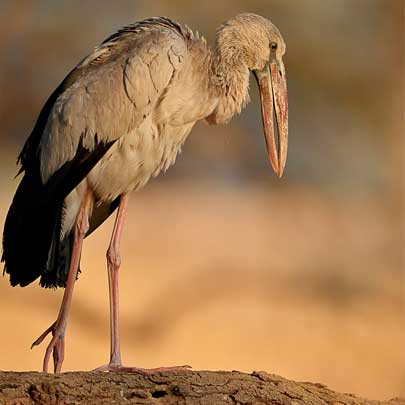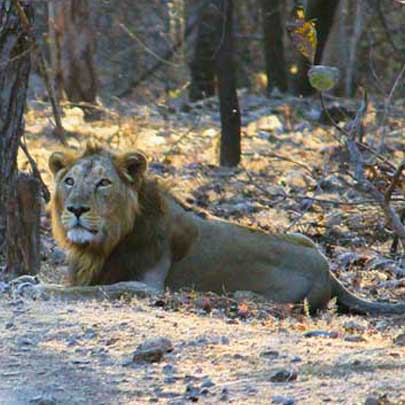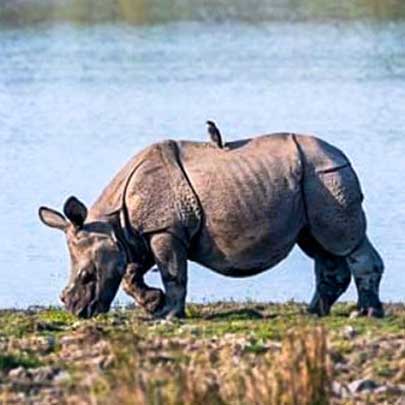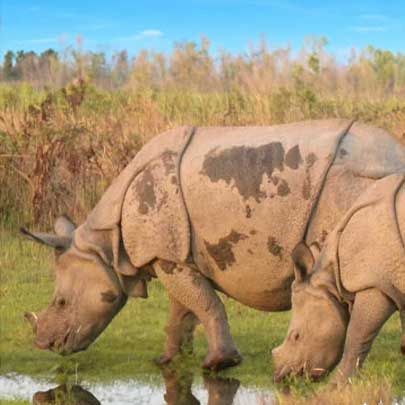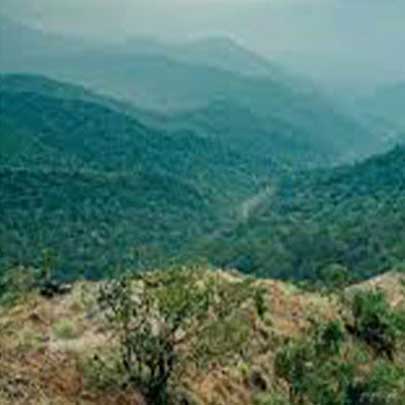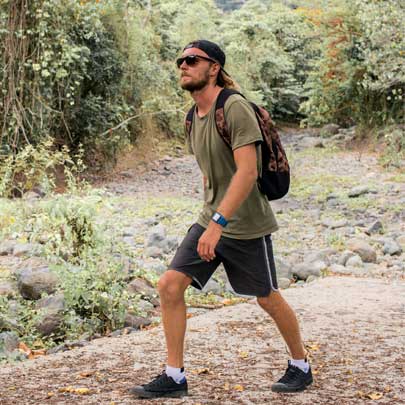Why Eco-Tourism is the Future of Wildlife Tours
Why Eco-Tourism is the Future of Wildlife
Tours
In recent years, the concept of eco-tourism has gained significant traction among travelers, wildlife enthusiasts, and conservationists. Unlike traditional tourism, which often disrupts natural habitats, eco-tourism is designed to be sustainable, environmentally responsible, and educational. As climate change accelerates and biodiversity loss continues, it’s becoming increasingly clear that eco-tourism is the future of wildlife tours.
In this comprehensive guide, we explore why eco-tourism is transforming the travel industry, how it benefits both wildlife and local communities, and how organizations like the Wildlense Eco Foundation are leading the way in ethical wildlife exploration.
What is Eco-Tourism?

Eco-tourism is a form of responsible travel to natural areas that conserves the environment, sustains the well-being of the local people, and involves interpretation and education. It encourages low-impact, small-scale tourism as an alternative to mass tourism. More than just a trend, eco-tourism is a mindset shift in how we explore and engage with the natural world.
Core Principles of Eco-Tourism:
-
Minimize environmental impact
-
Build environmental and cultural awareness
-
Provide positive experiences for both visitors and hosts
-
Direct financial benefits for conservation
-
Empower local people
Why Traditional Wildlife Tours are Becoming Obsolete

For decades, traditional wildlife safaris and nature tours have focused on maximizing tourist experiences without much regard for environmental consequences. Mass tourism often leads to:
-
Habitat degradation
-
Animal stress and behavioral changes
-
Waste generation in protected areas
-
Cultural insensitivity
The growing awareness of these impacts has led travelers to seek more sustainable wildlife tour alternatives, marking a shift from passive observation to active conservation.
Why Eco-Tourism is the Future

1. Supports Wildlife Conservation
Eco-tourism activities are typically designed to fund conservation efforts. A portion of the revenue generated from eco-tourism goes directly into protecting endangered species, restoring habitats, and supporting anti-poaching initiatives.
For instance, many eco-friendly wildlife safaris invest in training local guides, managing protected areas, and contributing to ecological research. This ensures that wildlife tourism directly contributes to the preservation of the very ecosystems it depends on.
2. Empowers Local Communities
One of the most compelling aspects of eco-tourism is its emphasis on community-based tourism. Unlike traditional tours operated by external companies, eco-tours often hire local guides, promote local handicrafts, and involve indigenous communities in tourism planning.
This not only provides sustainable livelihoods for rural populations but also creates local custodians of biodiversity. When communities benefit from wildlife conservation, they are more likely to protect the environment.
3. Reduces Carbon Footprint
With eco-tourism, travel operators emphasize low-impact travel practices such as:
-
Using electric or solar-powered safari vehicles
-
Promoting zero-waste policies
-
Supporting eco-lodges that use renewable energy
This makes eco-tourism a preferred option for environmentally conscious travelers who want to reduce their carbon footprint while enjoying nature.
4. Educational and Transformational
Eco-tourism is not just about seeing wildlife; it’s about learning and engaging. Travelers gain a deeper understanding of:
-
Ecosystem interdependence
-
Human-wildlife conflict solutions
-
Conservation science
-
Cultural traditions and local folklore
Such experiences can be deeply transformational, inspiring travelers to become lifelong advocates for biodiversity and environmental sustainability.
5. Promotes Responsible Wildlife Photography
Eco-tourism strongly discourages disturbing animals for the perfect shot. Ethical wildlife photography follows a “no baiting, no flash, no interference” approach. Tour operators and photographers, such as those associated with Wildlense Eco Foundation, actively educate tourists on wildlife photography ethics, ensuring that animal welfare is never compromised.
The Role of Wildlense Eco Foundation

The Wildlense Eco Foundation is at the forefront of India’s eco-tourism movement. Based on the belief that conservation begins with awareness, Wildlense merges eco-tourism with wildlife research, environmental education, and sustainable community development.
What Sets Wildlense Apart?
-
Ethical Wildlife Tours: Wildlense organizes low-impact wildlife expeditions in India's most biodiverse regions such as Kanha, Bandhavgarh, and Satpura.
-
Scientific Outreach: Their tours often include interactions with wildlife researchers, giving tourists firsthand knowledge of fieldwork and conservation challenges.
-
Community Involvement: The foundation trains local youth as eco-guides, creating sustainable livelihoods and nurturing conservation champions.
-
Eco-Friendly Infrastructure: Their lodges and camps adhere to green building practices and run on renewable energy sources wherever possible.
Wildlense Eco Foundation is a shining example of how eco-tourism in India can balance environmental stewardship with unforgettable travel experiences.
Top Eco-Tourism Destinations in India

India’s vast and diverse landscapes make it a haven for eco-tourism. Some top destinations include:
-
Kanha National Park, Madhya Pradesh
-
Home to tigers, barasingha, and dense sal forests
-
Popular for eco-camps and nature education programs
-
-
Bandipur National Park, Karnataka
-
Offers jeep safaris and eco-lodges
-
Rich in flora and fauna
-
-
Sundarbans, West Bengal
-
Mangrove forests, Bengal tigers, and eco-villages
-
UNESCO World Heritage site
-
-
Periyar Wildlife Sanctuary, Kerala
-
Eco-tourism programs with tribal participation
-
Famous for its elephants and spice plantations
-
-
Satpura Tiger Reserve, Madhya Pradesh
-
Less crowded, perfect for responsible wildlife photography
-
Home to the Wildlense Eco Foundation's initiatives
-
How to Be a Responsible Eco-Tourist
If you're inspired to join the eco-tourism movement, here’s how you can contribute:
-
Choose eco-certified tour operators like Wildlense
-
Avoid plastic and single-use items
-
Follow park guidelines strictly
-
Support local artisans and communities
-
Respect wildlife and maintain safe distances
-
Offset your carbon footprint by contributing to reforestation projects
Final Thoughts
Eco-tourism is not just a buzzword—it’s a necessary evolution in how we travel and interact with our planet. With its focus on conservation, community empowerment, and education, eco-tourism offers a sustainable path forward for wildlife exploration.
Organizations like the Wildlense Eco Foundation are proving that you don’t have to choose between adventure and ethics. In fact, the most meaningful wildlife tours are the ones that leave nature better than we found it.
As more travelers seek authentic, low-impact experiences, eco-tourism will shape the future of wildlife tourism—and that future looks hopeful, green, and wildly inspiring.














